By Gu Shihong from CNS
Carrillo Gantner, an artist and a former Australian diplomat, devoted to the cultural exchanges between Australia and China. He contributed to introduce a lot of Chinese excellent art works to Australians, and invited Australian artists to come to China. Mr Gantner was honored with the first Orchid Award “Friendship Envoy Award” initiated by CICG in September, 2023.
Recently, Mr. Gantner had an exclusive interview with the “W.E. Talk” of China News Service, focusing on how to promote mutual understanding between Australia and China through cultural communication under the multicultural framework in Australia.
Here are excerpts from the interview:
CNS: As a senior expert and scholar who has been committed to cultural and artistic exchanges for a long time, what specific bridge work have you done to promote cultural exchanges and cooperation between China and Australia?
Carrillo Gantner: I first went to China with the Committee for Australia China Relations in February 1977. I lead the first Australian theatre group to visit China in 1978, meeting counterparts, visiting performing arts companies and schools, and seeing a wide diversity of shows. In 1979, at the Playbox Theatre in Melbourne where I was the Artistic Director, we presented the Fujian Puppet Theatre of China, a company of brilliant glove puppeteers who dazzled our audiences with their manipulative skills and good humour. Their week with us was so successful that we were asked to take the company on to perform in Sydney.
Since the 1980 tour of the Nanjing Acrobatic Troupe, I had been working to bring back some of their leading performers to teach their acrobatic skills to young Australians. In November 1983, seven Nanjing acrobats returned to lead a three-month intensive training program for young Australians and a group of independent theatre artists. The tough daily training was a shock to the young Australians but after three months they produced a show to demonstrate their new skills. They had also learned something of the huge self-discipline, hard work and teamwork that is essential for a professional career in this demanding field. Now across multiple generations, this fusion style has made Australian circus famous around the world and is an outstanding example of how different cultures can work together to enrich us all.
From 1985 to the end of 1987, I served as Cultural Counsellor at the Australian Embassy in Beijing. This was a most wonderful time of my life as I was able to travel across China and see the enormous diversity and quality of the performing and visual arts in China. I was able to assist negotiations of Australian artists and companies including the Australian Ballet to tour in China, and promote the work of Chinese artists in Australia.
In 1989 I brought out several Beijing Opera teachers to work with students at the Drama School of the Victorian College of the Arts. The intention was not to produce Beijing Opera artists but rather to introduce to Australian actors some of the techniques from a different and classical form of non-naturalistic theatre.
I brought the first Chinese artist to appear in the Festival program, the well-known Shanghai actor Lin Dong Fu. He performed his material in Mandarin and English on alternate nights. Performances in Chinese at a major festival were something very new for Melbourne. More recently as President of the Victorian Arts Centre Trust which manages the Arts Centre Melbourne, I assisted a range of Chinese companies to perform there including the outstanding Quanzhou Acrobatic Troupe and two tours by the superb National Ballet of China.
Over the previous decade, I led two delegations of senior Australian performing arts managers to China supported by the Ministry of Culture. We have visited Chinese companies and seen many productions with a view to selecting suitable productions for touring. We have also run seminars on the Australian theatre scene as a way of sharing knowledge with Chinese theatre colleagues. One of the many positive outcomes was to bring the popular production of “Rhinoceros in Love” by Chinese theatre director Meng Jing Hui to tour several capital cities across Australia. I then invited Meng back to Melbourne to direct with The Malthouse Theatre. He chose Bertold Brecht's “The Good Person of Sichuan” based on the classical Chinese story. Later he returned again with another of his very popular productions “Two Dogs” playing to sold out houses in Melbourne and Adelaide.
And now that I am older, I can still contribute to the bilateral relationship by giving support to a wide range of work that brings artists from Australia together with their counterparts in China and other Asian countries.
CNS: Under the framework of Australia's advocacy of multiculturalism, how can Australia and China achieve cultural integration and people-to-people bonds through multi-form cultural exchanges and civilizational reference to eliminate misunderstandings?
Carrillo Gantner: In recent years the relationship between Australia and China has been strained, and of course both our countries also suffered from the pandemic which made active cultural exchange programs almost impossible. I am hopeful that efforts will now be made by both sides to expand the people to people and cultural links the bring us closer together.
Artists from both sides make wonderful “ambassadors” for their country because they speak directly to each other using the common language of the heart. They wish to share their art with an open heart and learn from the art of the other side. Through such generous communication and sharing of knowledge, bridges are built and fears are broken down.
And artists are influential people who can inspire others to wider understanding. Both sides, therefore, need to make greater efforts and investment in supporting cultural exchange. Education is also critical. For a peaceful and prosperous future, Australia needs to invest much more in the study of Chinese history, culture and language. The presence of large numbers of Chinese exchange students and tourists also helps to open doors of understanding for Australians who share classrooms or travel experiences.
We are also becoming more aware of, and sophisticated in the important promotion of work by and for the very large Chinese community living in Australia. In recent times, Arts Centre Melbourne, the Melbourne Symphony Orchestra, the Melbourne Theatre Company and others have made a real effort to produce work by and with local Chinese writers and theatre artists. Audiences are increasingly interested in work from the Chinese community but there is still a long way to go. The last national census showed that there are over 1.2 million Chinese living in Australia. They are a very significant and dynamic contributor to the culture and economic strength of this multicultural country.
CNS: How do you understand “tolerance” and “peace” in the characteristics of Chinese culture?
Carrillo Gantner: There is a strong focus on the qualities of tolerance and peace in traditional Chinese culture and these values are stated as central aspects of China’s modern foreign policy which is very admirable. I also find them inherent in the personal behaviour of many Chinese friends who tend to avoid confrontation and who are very accepting of the activities and styles of others.
Peace and tolerance are not specific to any one culture but rather belong to all of humanity. We all long for peace for ourselves, our families, our our countries and the world at large. We hope for tolerance in our lives, for the generosity of others to accept us as we are and to forgive our errors. The difficult challenge for the world is to make these values central to all our lives at both a personal and a societal level..
CNS: What do you think are the current challenges and opportunities for Australia-China relations? What is the room for expansion of China-Australia cultural cooperation in the future?
Carrillo Gantner: It is often said that the challenge for Australia is to decide between its history and its geography. Of course this is somewhat simplistic as it ignores the ancient history of Australia’s Indigenous peoples who have lived on the continent for more than 60,000 years. Looking to the future, however, it is correct that modern Australia is in a process of transition from its original European settlement, through growth from massive and diverse migration, to a future at home in our regional Asia Pacific environment. Significant migration from China as from other Asian countries such as India, is bringing about a change in our demography and a change in our understanding of where Australia’s future lies.
In our dealings with China, Australians must recognise that while our histories, our cultures and our systems of government are very different, we must find ways to relate profitably and peacefully with each other. This will take strong investment in education. Our school curricula is still heavily Euro-centric at a time when we need more young people equipped with “Asia literacy to help us negotiate a peaceful future.
Both China and Australia need to work actively with respect and goodwill to promote common ground, to find shared interests and to remove obstacles to good relations. There are many people of goodwill on both sides who want to see a future of cooperation and mutual benefit. If we accept difference, respect the other, and work to build closer links in every area of engagement, the future can be very bright. Acceptance, respect and cooperation are the very essence of arts and cultural exchange.
Edited by Wang Zonghan
2023.10.20








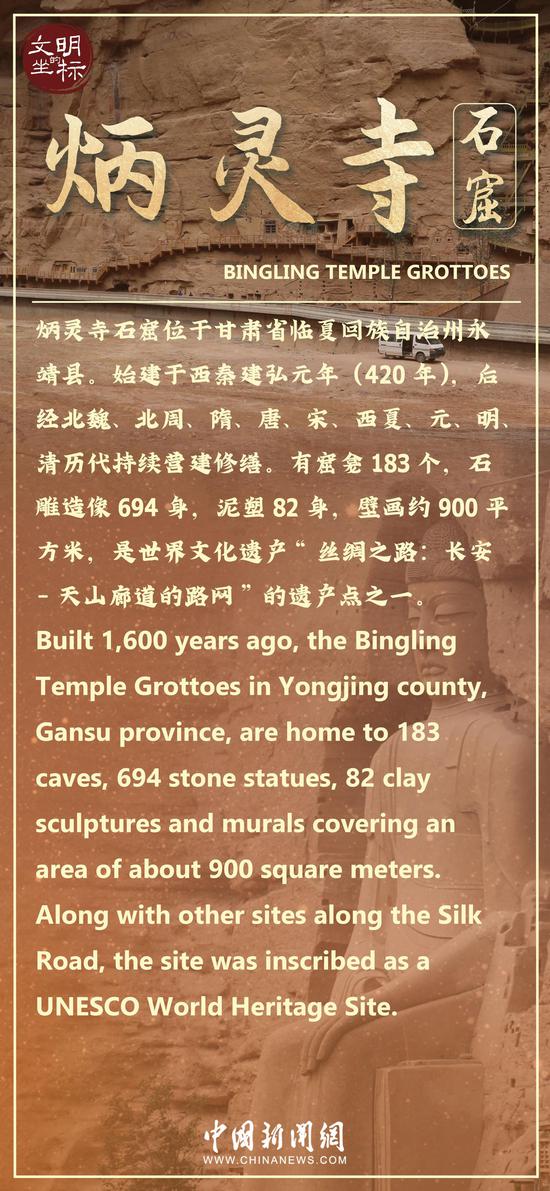
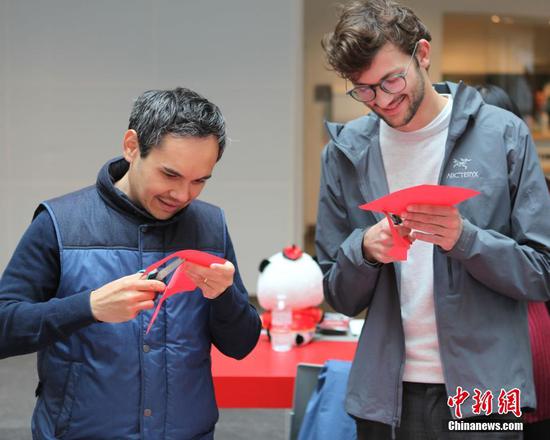
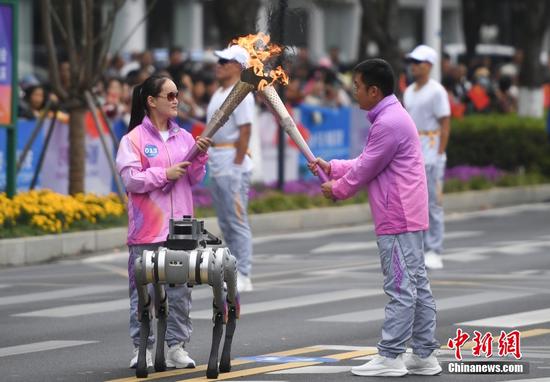
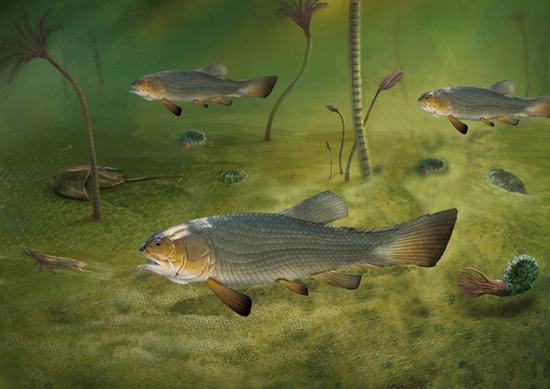


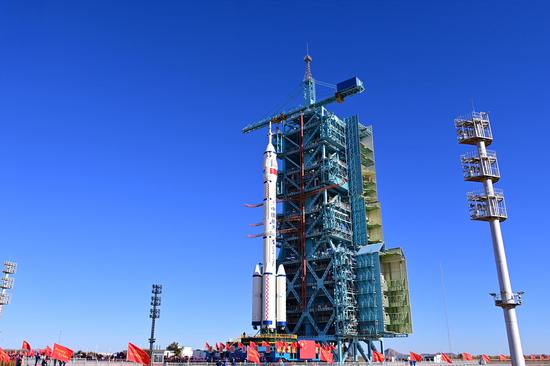
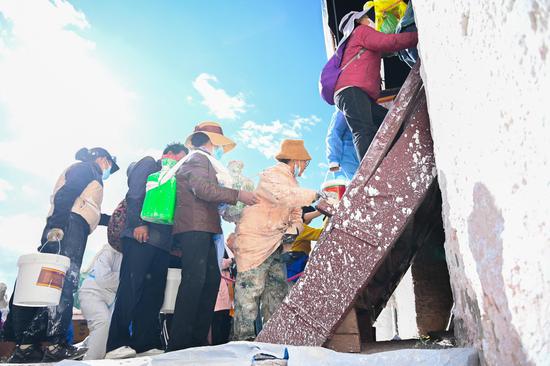

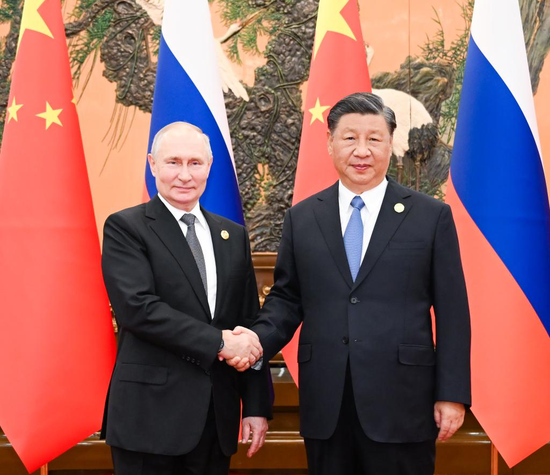
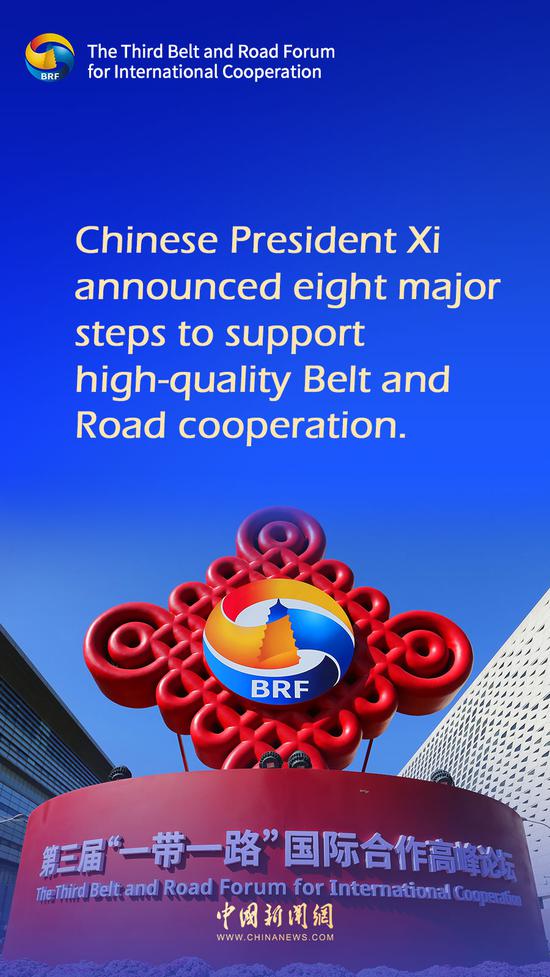
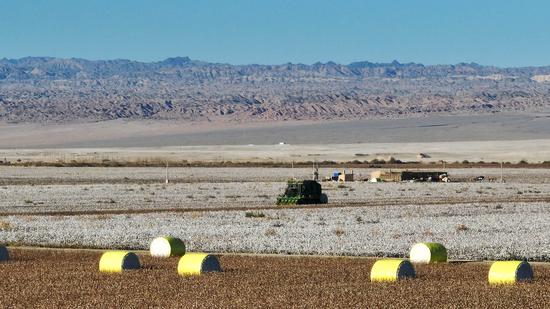

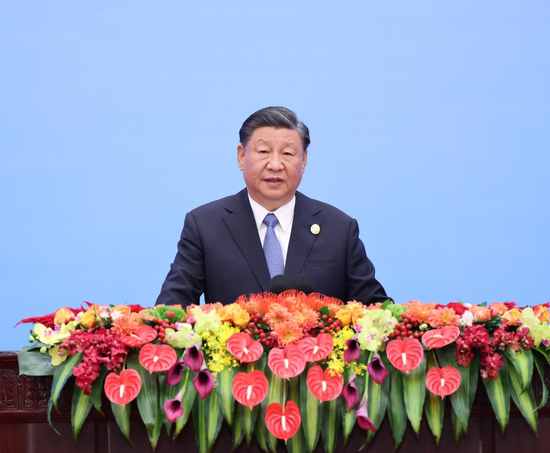
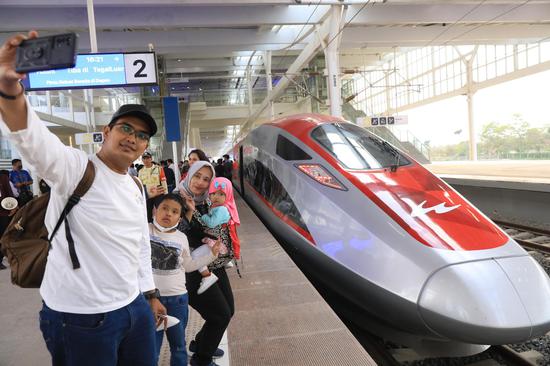

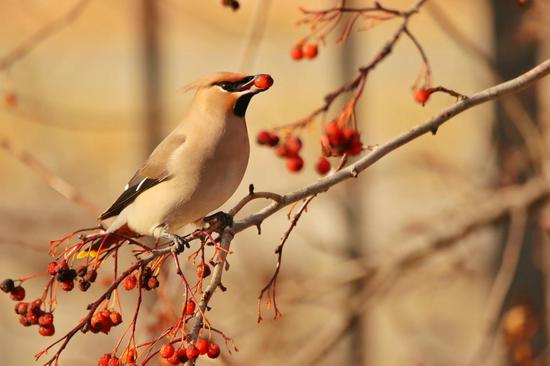
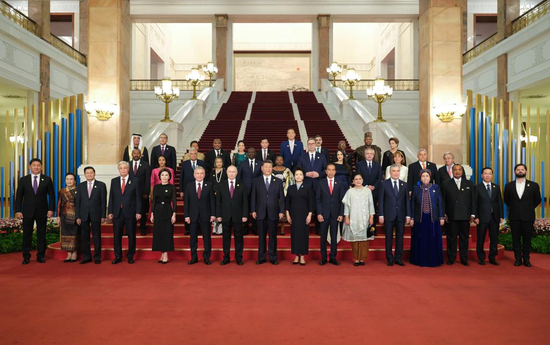

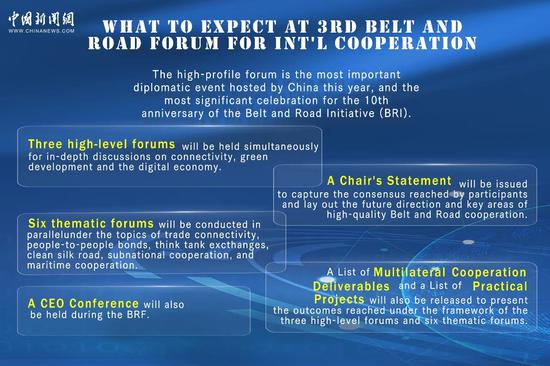
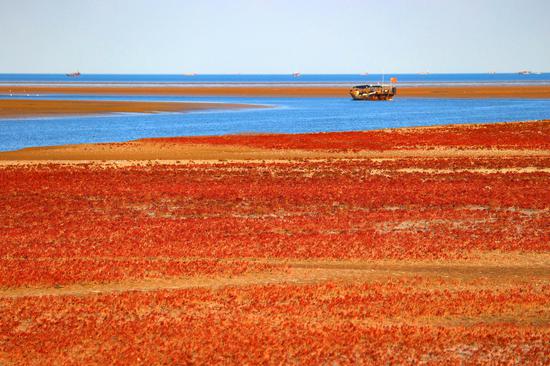
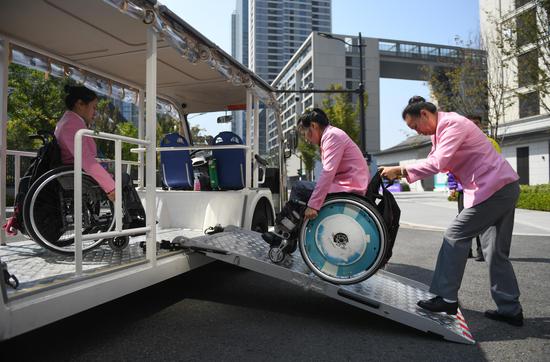


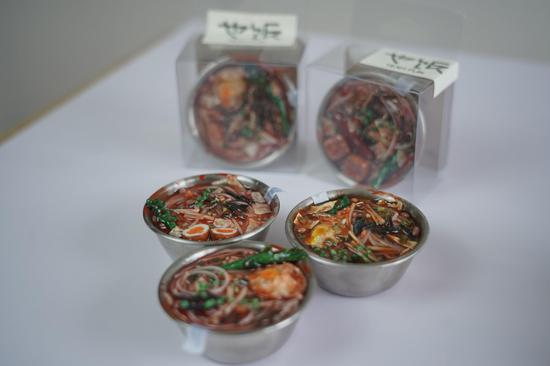
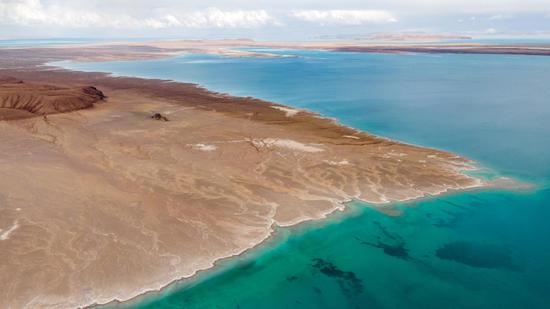

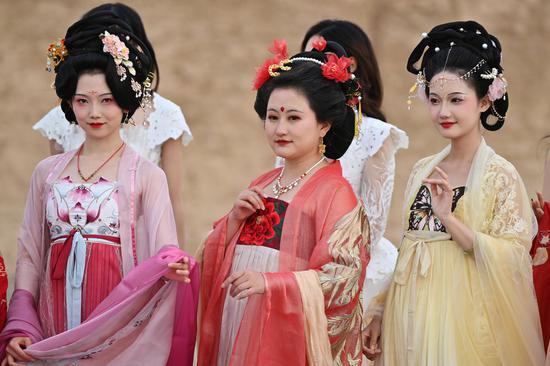
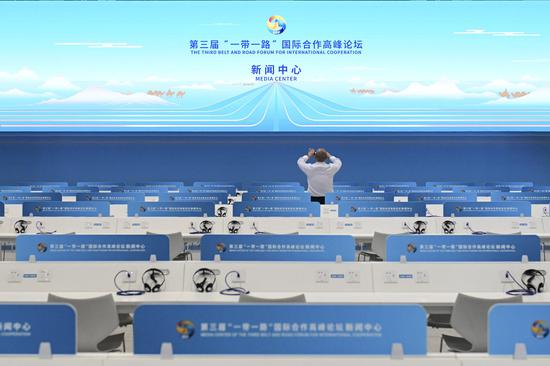
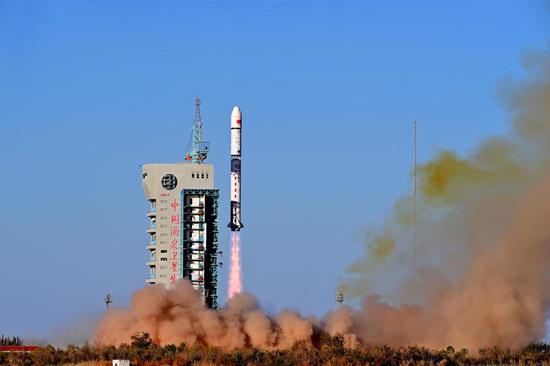
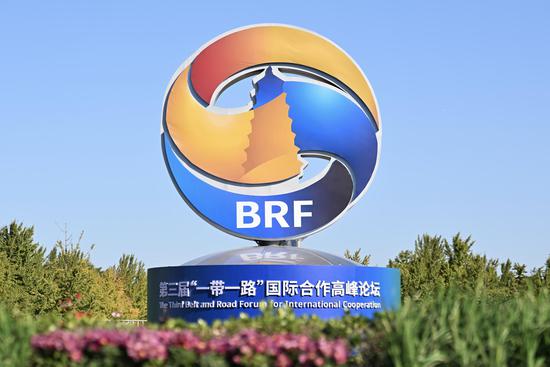
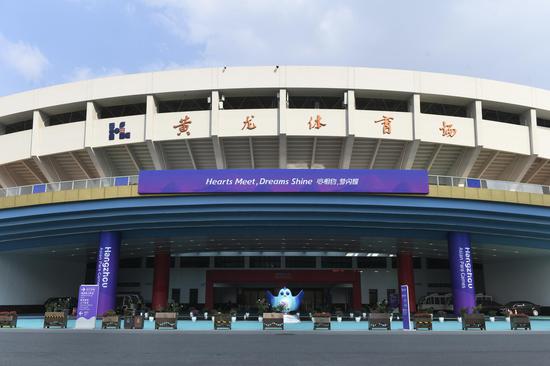
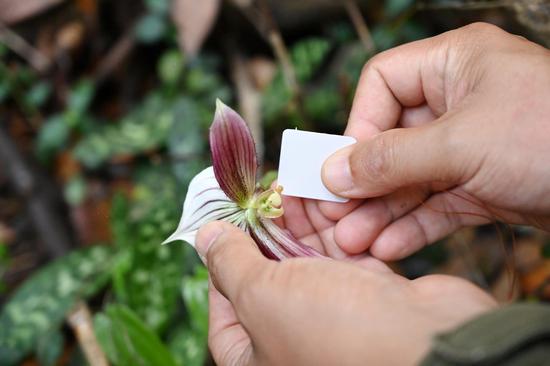
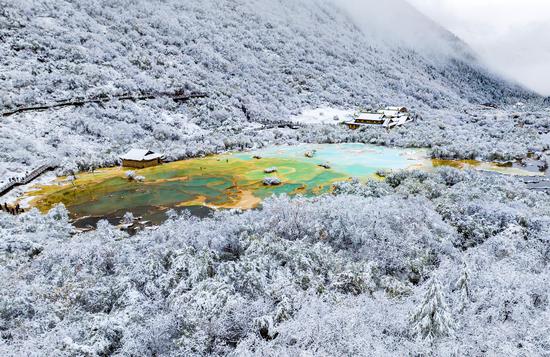
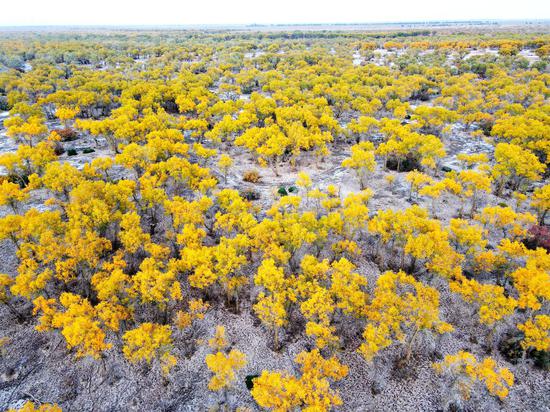
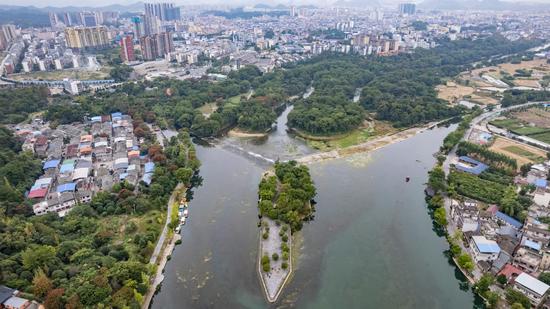
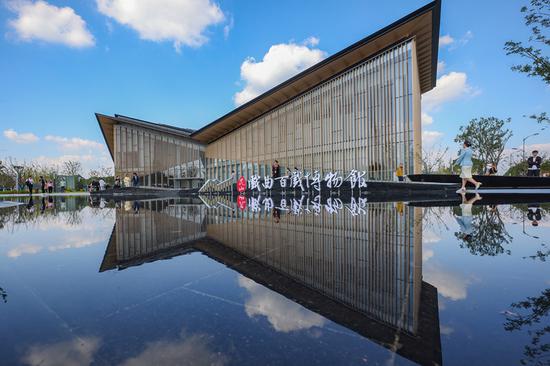



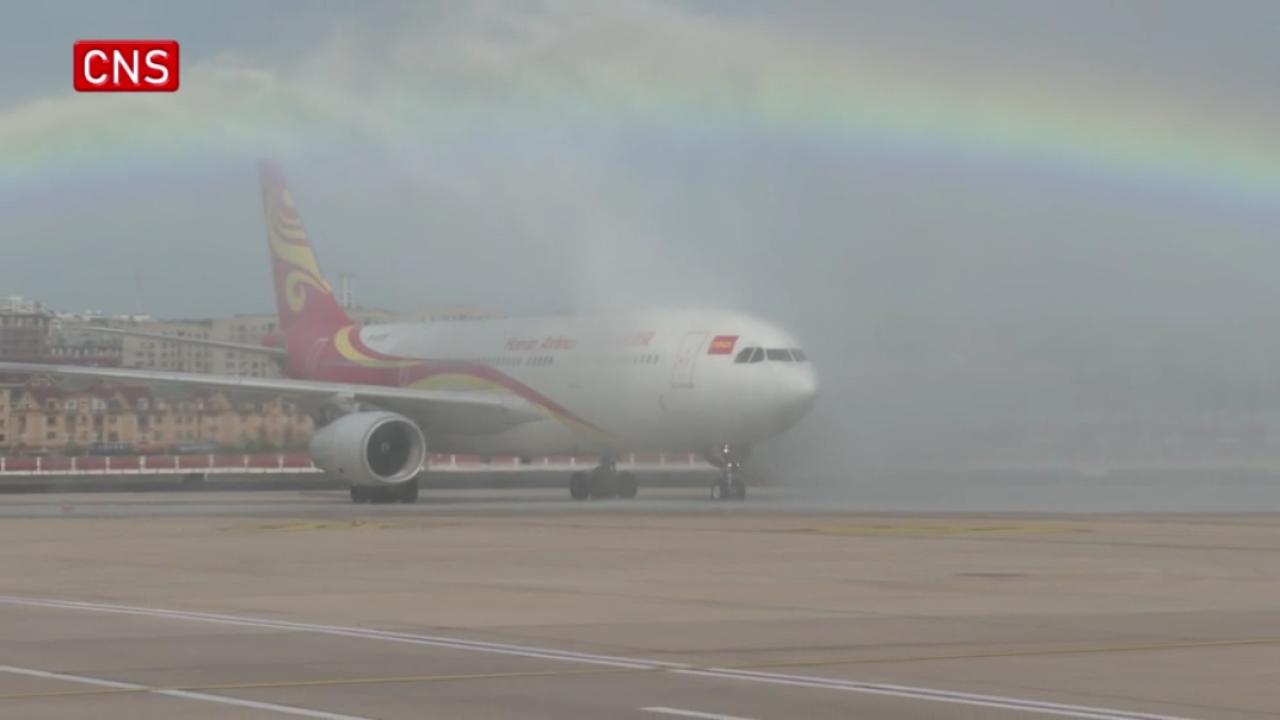

 京公网安备 11010202009201号
京公网安备 11010202009201号